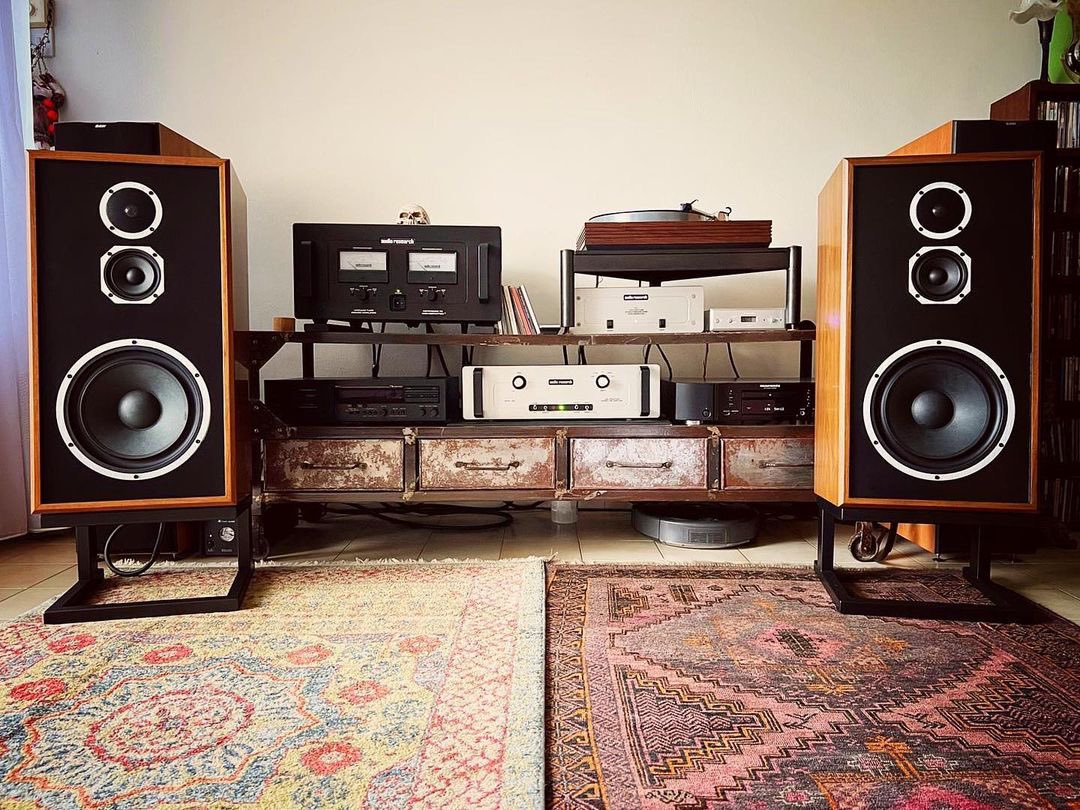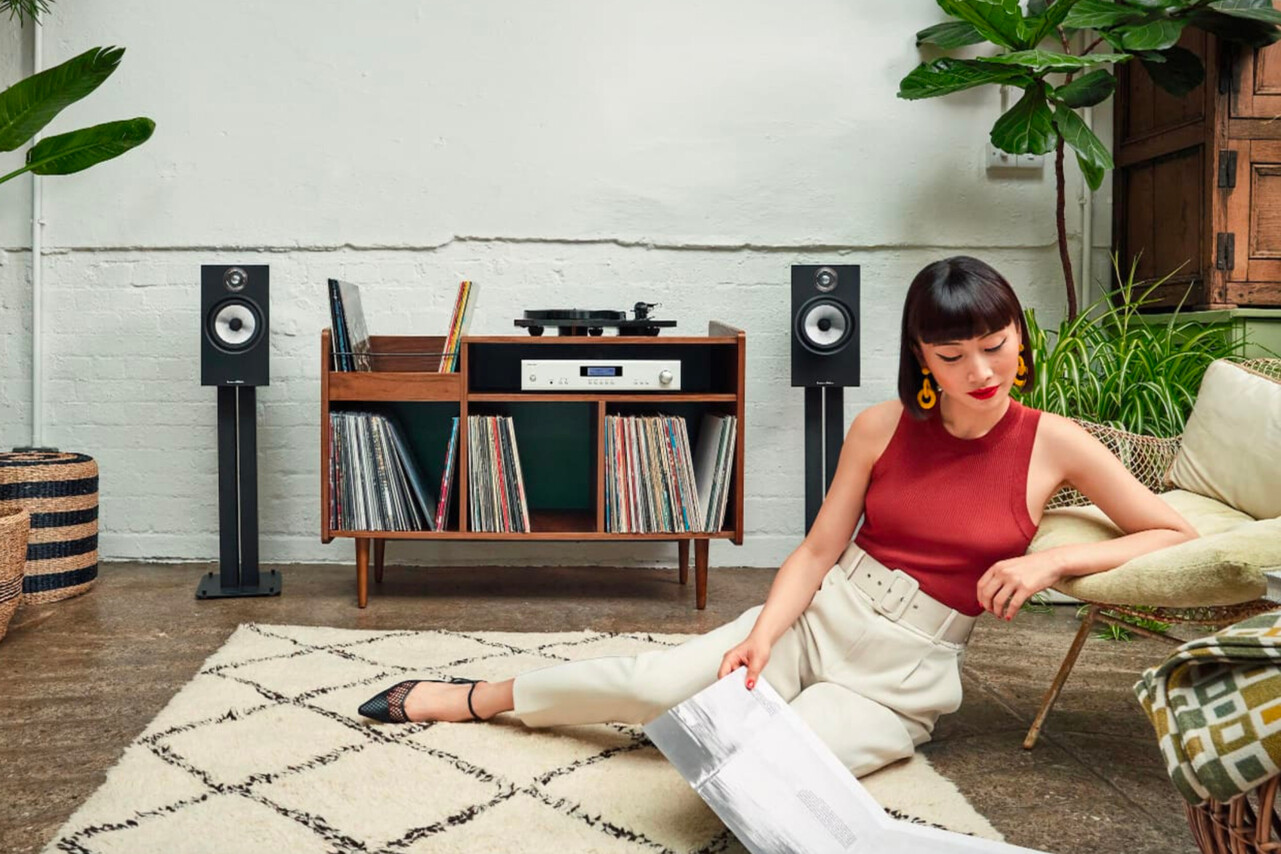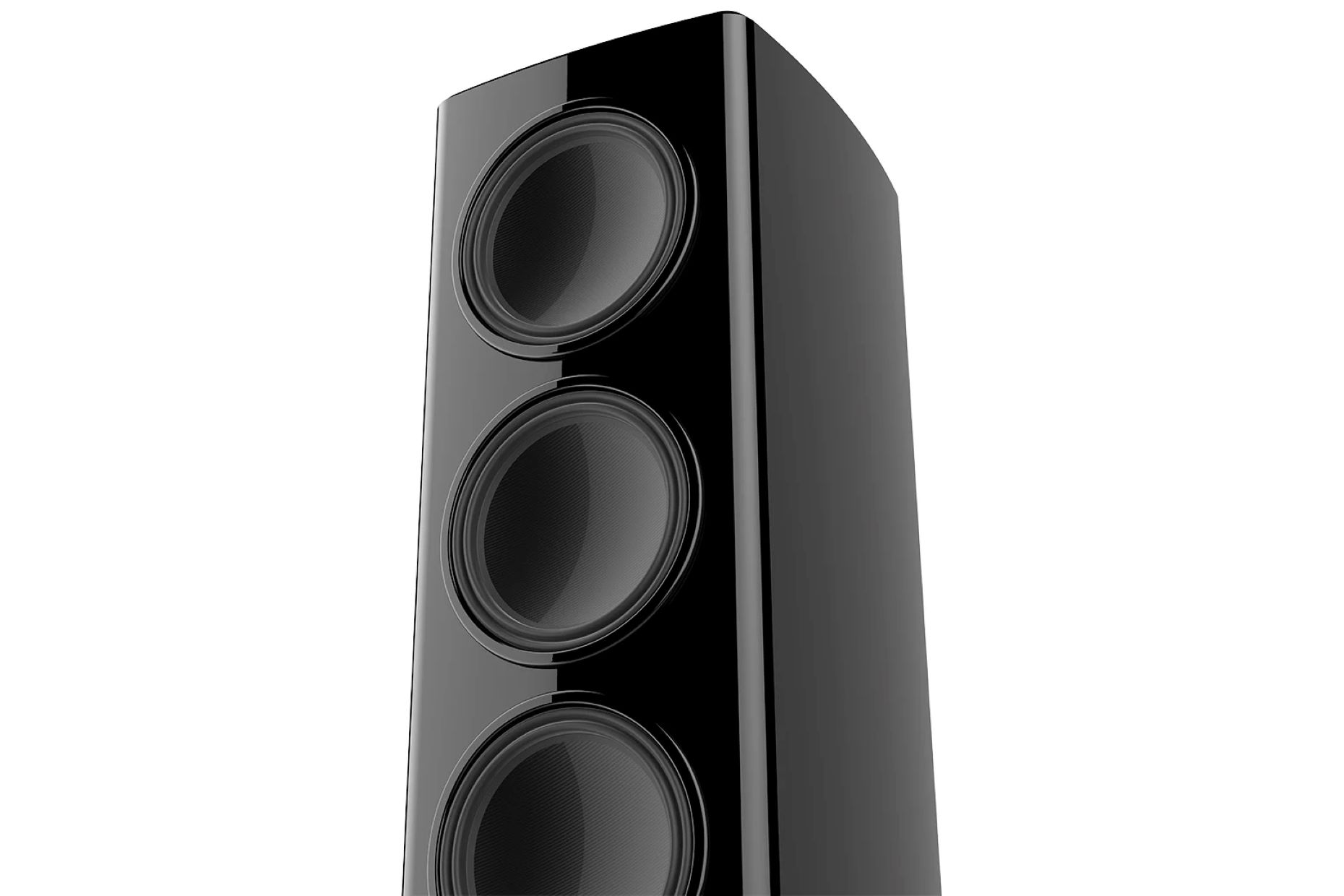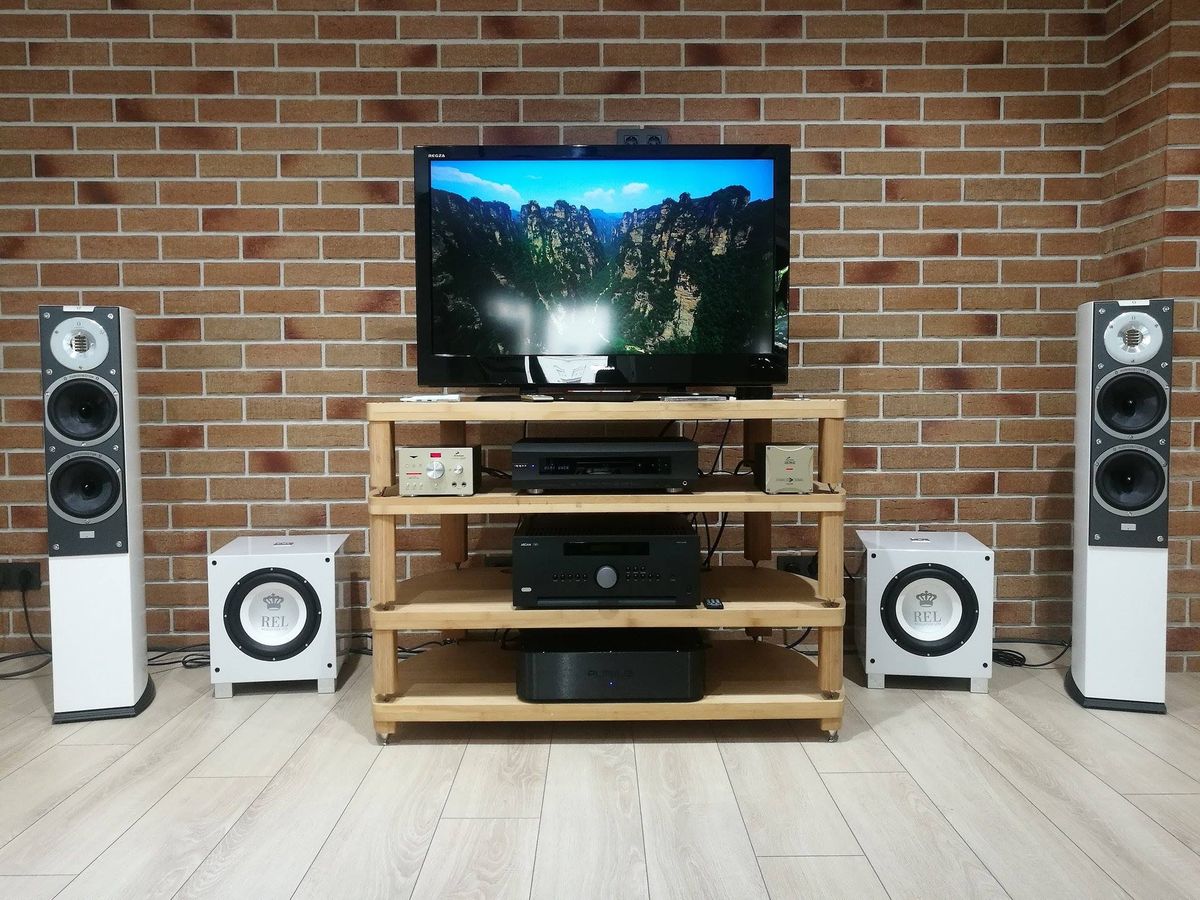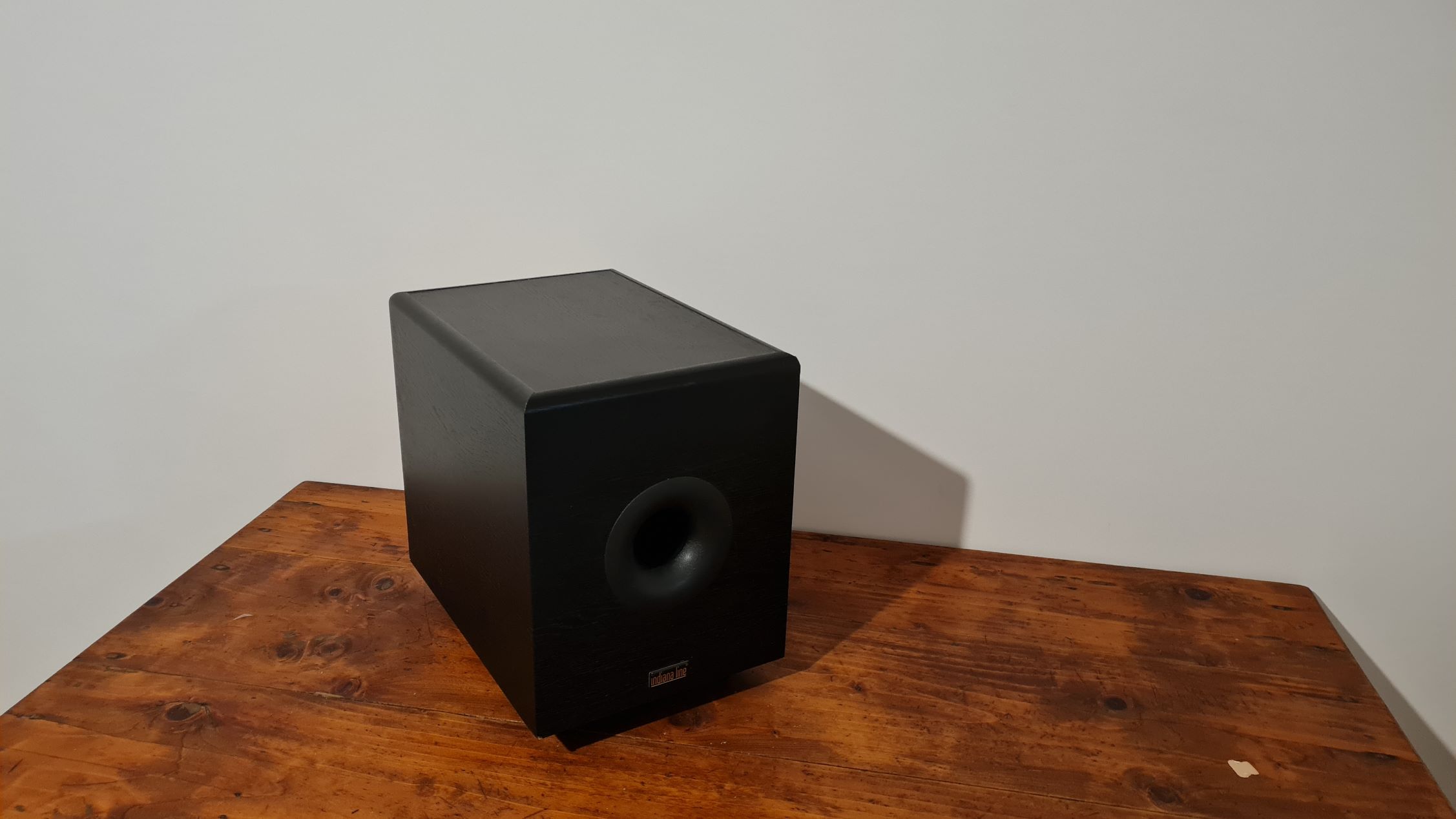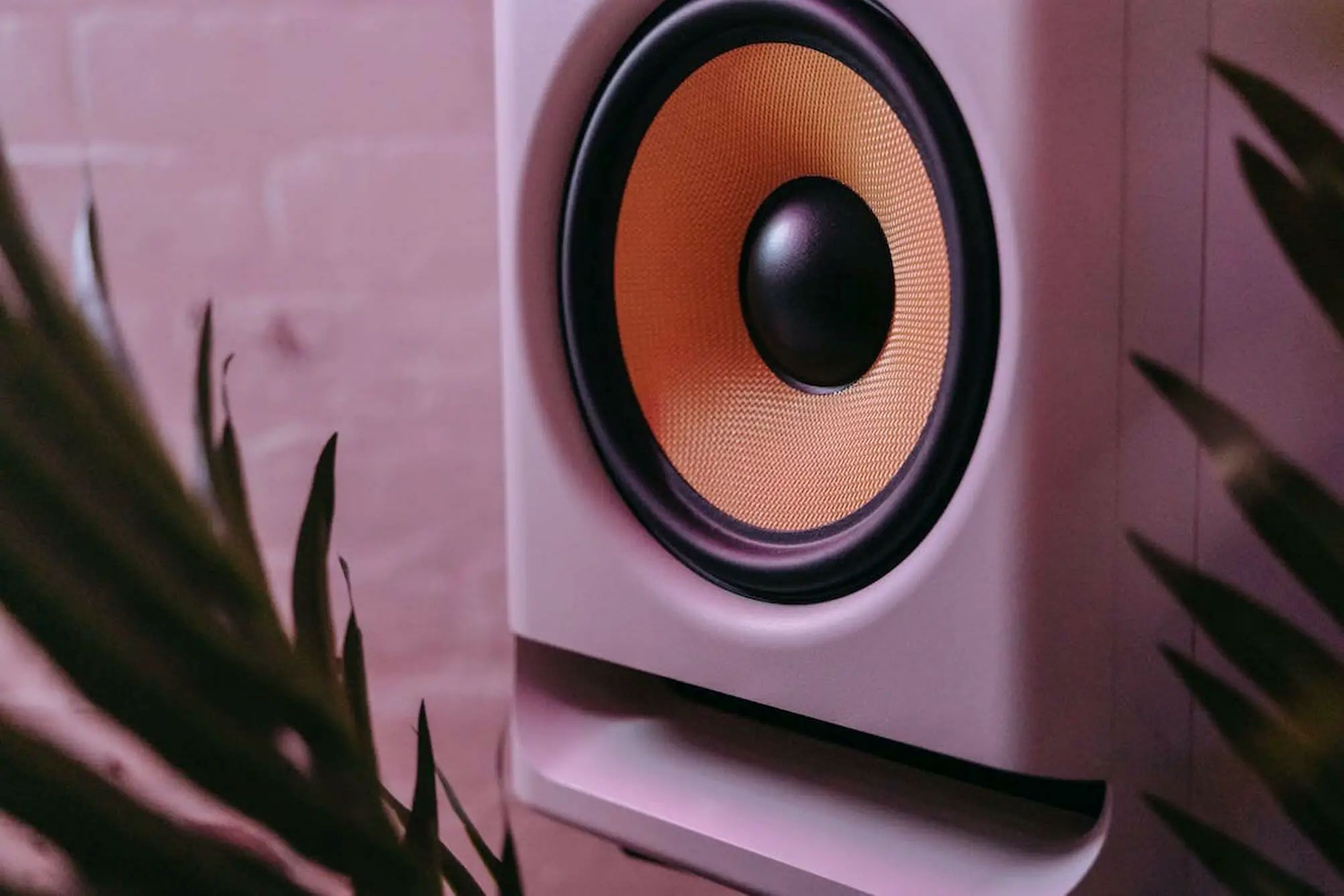Home>Production & Technology>Stereo>How To Connect A Subwoofer To A Stereo System


Stereo
How To Connect A Subwoofer To A Stereo System
Modified: February 18, 2024
Learn how to connect a subwoofer to your stereo system easily and enhance your audio experience with deep, powerful bass. Step-by-step guide for seamless integration.
(Many of the links in this article redirect to a specific reviewed product. Your purchase of these products through affiliate links helps to generate commission for AudioLover.com, at no extra cost. Learn more)
Table of Contents
Introduction
Welcome to the world of stereo systems! Whether you’re a music enthusiast, a movie lover, or simply someone who enjoys immersive sound experiences, adding a subwoofer to your stereo system can take your audio quality to the next level. A subwoofer is a specialized speaker designed to reproduce the low-frequency sounds, giving your music, movies, and games a deeper, richer, and more impactful bass response.
Connecting a subwoofer to a stereo system may seem like a daunting task for some, especially if you’re not familiar with audio equipment or electronic connections. But fear not, as in this article, we will walk you through the step-by-step process of connecting a subwoofer to your stereo system, ensuring that you can enjoy optimal sound performance with ease.
Before we dive into the technical details, it’s important to understand the two main types of subwoofers that you may encounter: passive and active. Passive subwoofers require an external amplifier to power them, while active subwoofers have a built-in amplifier. The setup process and connections may vary slightly depending on the type of subwoofer you have, so it’s essential to identify which type you’re working with.
Additionally, familiarize yourself with the inputs and outputs of your stereo system. Most stereo systems have dedicated outputs for connecting a subwoofer, such as a subwoofer pre-out or a dedicated LFE (Low-Frequency Effects) output. These outputs are designed to send the low-frequency audio signal to the subwoofer, ensuring accurate and focused bass reproduction.
Now that we have a basic understanding of subwoofers and stereo system connections, let’s dive into the step-by-step process of connecting a subwoofer to a stereo system. So grab your cables, put on your favorite music, and let’s get started!
Step 1: Determine the type of subwoofer
Before we begin the connection process, it’s crucial to identify the type of subwoofer you have. As mentioned earlier, there are two main types: passive and active subwoofers.
A passive subwoofer requires an external amplifier to power it. This means that you’ll need a separate power amplifier to connect between the stereo system and the subwoofer. Passive subwoofers are often found in older or high-end audio setups and may require some additional equipment and expertise to set up correctly.
On the other hand, an active subwoofer has a built-in amplifier, which simplifies the setup process. Active subwoofers are more common and found in most modern stereo systems. They come with their own power source and typically have a variety of inputs and controls directly on the subwoofer, making them user-friendly and versatile.
To determine the type of subwoofer you have, look for any power cables or separate amplifier units. If you find a power cable connected to the subwoofer, it is likely an active subwoofer. If there are no power cables and you see connectors for an external amplifier, then you have a passive subwoofer.
Once you identify the type of subwoofer, you’ll have a better understanding of the setup requirements and the appropriate connections needed. Let’s move on to the next step to check the inputs and outputs of the stereo system.
Step 2: Check the inputs and outputs of the stereo system
Before making any connections, it’s essential to examine the inputs and outputs available on your stereo system. This will help you determine the appropriate connection method for your subwoofer.
Look at the back panel of your stereo system or A/V receiver. You may find dedicated outputs specifically designed for connecting a subwoofer. These outputs are often labeled as “Subwoofer Out,” “LFE Out,” or “Pre-Out.” The presence of these outputs indicates that your stereo system supports a dedicated subwoofer connection.
If you cannot find these dedicated outputs, don’t worry. Some stereo systems allow you to use the front or rear speaker outputs to connect your subwoofer. In this case, you will need speaker wire or high-level speaker inputs on your subwoofer.
If you’re unsure about the available connections, refer to the stereo system’s user manual or consult the manufacturer’s website for detailed information.
Remember, it’s crucial to check if your subwoofer requires a specific type of connection, such as RCA or speaker wire. This information will enable you to gather the necessary cables and connectors for the next step.
Once you have identified the appropriate outputs on your stereo system and determined the type of connection required, you’re ready to move on to the next step, which involves gathering the necessary cables and connectors.
Step 3: Gather the necessary cables and connectors
Now that you know the type of subwoofer you have and have checked the inputs and outputs on your stereo system, it’s time to gather the cables and connectors needed for the connection.
If you have an active subwoofer, you will typically need an RCA cable. RCA cables have red and white connectors on each end, which are color-coded to match the corresponding inputs and outputs. Ensure that the cable length is sufficient to reach from the subwoofer to the stereo system without strain or excessive slack.
For passive subwoofers, you will typically need speaker wire. Speaker wire consists of two conductors, often color-coded for easy identification. Ensure that the gauge of the speaker wire is suitable for the power requirements of your subwoofer.
In some cases, you may require additional connectors or adapters to make the necessary connections. For example, if your subwoofer has speaker wire inputs, but your stereo system only has RCA outputs, you will need an RCA to speaker wire adapter.
It’s important to gather high-quality cables and connectors to ensure optimal signal transmission and minimize signal loss. Investing in reputable brands and properly shielded cables can significantly improve the audio quality and reliability of the connection.
Once you have gathered the necessary cables and connectors, you’re ready to proceed to the next step and connect the subwoofer to your stereo system.
Step 4: Connect the subwoofer to the stereo system
With the cables and connectors in hand, it’s time to connect your subwoofer to the stereo system. The specific steps may vary depending on the type of subwoofer you have and the available connections on your stereo system, so follow the instructions that best match your setup.
If you have an active subwoofer with RCA inputs:
- Locate the “Subwoofer Out,” “LFE Out,” or “Pre-Out” on your stereo system.
- Connect one end of the RCA cable into the corresponding output on the stereo system.
- Connect the other end of the RCA cable into the RCA input on the subwoofer.
- Ensure a secure connection by tightening the connectors.
- If your subwoofer has multiple RCA inputs, make sure to use the one labeled for “Subwoofer” or “LFE.”
If you have a passive subwoofer with speaker wire inputs:
- Locate the speaker outputs on your stereo system.
- Cut two lengths of speaker wire, ensuring they are long enough to reach from the stereo system to the subwoofer.
- Strip a small portion of insulation from each end of the speaker wire.
- Connect one end of the speaker wire into the positive (+) terminal on the subwoofer.
- Connect the other end of the speaker wire into the corresponding positive (+) speaker output on the stereo system.
- Repeat the previous steps for the negative (-) terminal on both the subwoofer and the stereo system.
- Ensure a secure connection by tightening any terminals or using banana plugs or spade connectors if necessary.
Remember to always consult the user manuals of your subwoofer and stereo system for specific instructions and recommendations regarding connections.
Once you have connected the subwoofer to the stereo system, move on to the next step, where we will adjust the settings and test the sound quality.
Step 5: Adjust settings and test the sound quality
Now that you have successfully connected the subwoofer to your stereo system, it’s time to fine-tune the settings and test the sound quality. This step is critical to ensure that the subwoofer is properly integrated into your audio setup and that you achieve the desired bass performance.
1. Start by turning on your stereo system and subwoofer. Set the volume levels to a moderate level to avoid any sudden loud noises.
2. Access the audio settings menu of your stereo system or A/V receiver. Look for options related to “Bass,” “Subwoofer,” or “Low-Frequency Effects.”
3. Adjust the crossover frequency. This setting determines the point at which the low-frequency sounds are directed to the subwoofer. A good starting point is typically around 80Hz. However, you may need to experiment with different frequencies to find the optimal balance between the subwoofer and your main speakers.
4. Set the subwoofer volume level. Increase or decrease the subwoofer volume until it blends well with the main speakers. Avoid overpowering or overwhelming the audio with excessive bass.
5. Play audio content that includes a range of frequencies, such as music or movies with deep bass. Listen carefully and make further adjustments to the crossover frequency and subwoofer volume if necessary. Take note of any distortions, rattling, or excessive booming sounds, as these may indicate settings that need to be corrected.
6. Proceed to fine-tune the settings on your subwoofer itself, if applicable. Some subwoofers have additional controls like phase adjustment, equalization, and subwoofer placement settings. Consult the subwoofer’s manual to understand the functionality of these features and adjust them accordingly.
7. Continue testing different audio sources and content to ensure consistent and satisfying bass performance across various genres and media types. Make refinements as needed until you achieve the desired sound quality.
Remember that every audio setup is unique, and the optimal settings may vary depending on factors such as room acoustics, subwoofer placement, and personal preference. Don’t hesitate to make adjustments and fine-tune your settings over time to achieve the best possible audio experience.
With your subwoofer properly connected and optimized, you’re ready to enjoy a new level of depth and richness in your audio playback. Sit back, relax, and immerse yourself in the powerful and exhilarating sound delivered by your enhanced stereo system.
Conclusion
Congratulations! You have successfully connected a subwoofer to your stereo system, taking your audio experience to new heights. By following the step-by-step process outlined in this article, you have ensured optimal integration of the subwoofer and achieved a balanced and immersive sound performance.
Remember, determining the type of subwoofer you have, checking the inputs and outputs of your stereo system, gathering the necessary cables and connectors, and making the proper connections are essential steps in the setup process. These steps enable you to enjoy the deep, resonant bass that a subwoofer adds to your audio playback.
Adjusting the settings and testing the sound quality further enhances your audio experience. Fine-tuning the crossover frequency, subwoofer volume level, and additional settings on your subwoofer allows you to customize the audio output to your liking. Take the time to experiment and find the perfect balance that suits your preferences and maximizes the performance of your subwoofer within your audio setup.
As technology advances and audio systems evolve, the integration and performance capabilities of subwoofers continue to improve. Keep yourself updated with the latest advancements and explore further ways to enhance your listening experience.
Now, sit back, press play, and let the powerful bass and immersive sound fill your room. Enjoy the richness and depth that a subwoofer brings to your favorite music, movies, and games. Feel the impact of every bass note, and get ready to be amazed by the newfound dimension and realism in your audio playback.
Thank you for following this guide, and we hope you enjoy the enhanced audio experience that your subwoofer and stereo system can provide!

